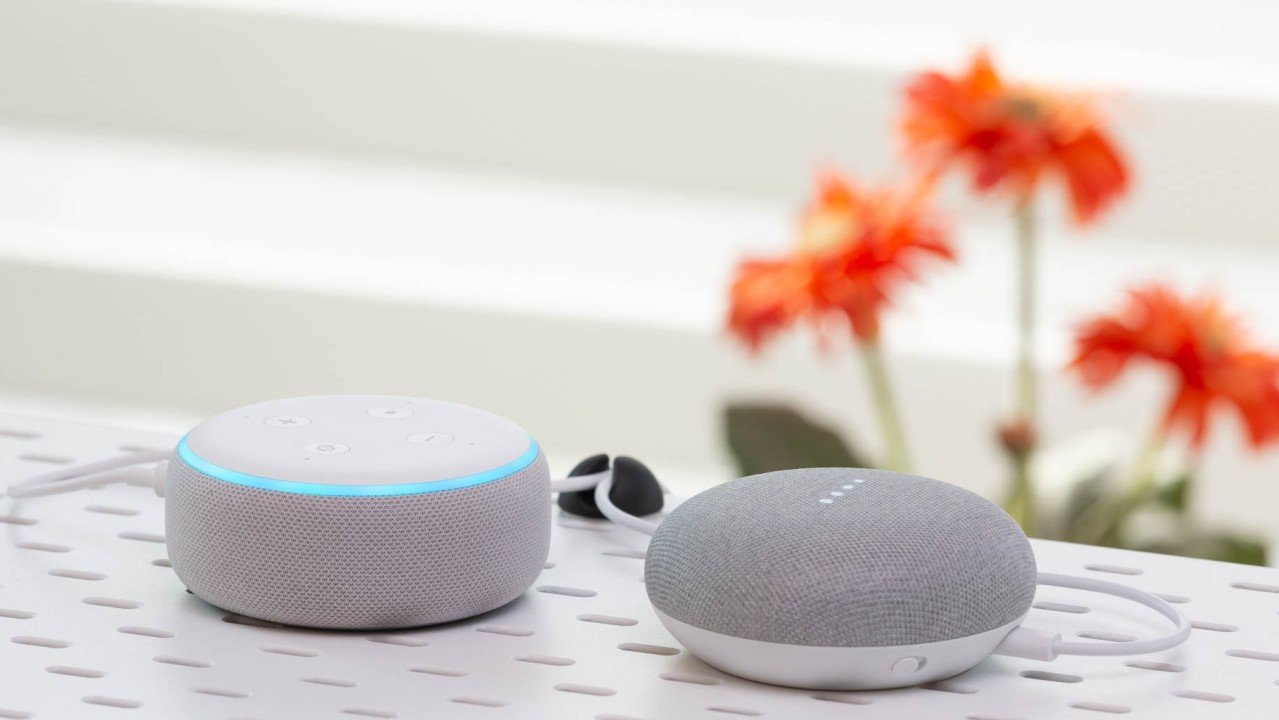How Smart Assistants Like Alexa and Google Home Work
Smart assistants like Alexa and Google Home leverage advanced voice recognition technology to interpret user commands effectively. They employ acoustic modeling to discern speech patterns and utilize algorithms to decode intent. This intricate process enables seamless interaction with various smart home devices. However, the true power of these assistants lies in their ability to learn and adapt over time. What implications does this have for user experience and privacy in our increasingly connected world?
The Technology Behind Voice Recognition
As smart assistants become increasingly integral to daily life, understanding the technology behind voice recognition is essential for grasping how these systems operate.
Central to this technology is acoustic modeling, which analyzes sound waves to identify speech patterns.
Additionally, the integration of natural language processing enables these assistants to comprehend and respond to user commands, enhancing the interaction between humans and machines.
See also: How Artificial Intelligence Is Shaping the Future of Education
How Commands Are Processed
Once voice recognition systems have accurately captured spoken commands, the next step involves processing these inputs to derive meaning.
This phase, known as command interpretation, hinges on understanding user intent. Advanced algorithms analyze context and semantics, enabling smart assistants to discern requests accurately.
Integrating With Smart Home Devices
Integrating smart assistants with home devices transforms ordinary households into intelligent ecosystems, allowing users to control various aspects of their environment with ease.
Smart thermostat integration enables personalized climate settings, optimizing comfort and energy efficiency.
Additionally, security camera compatibility enhances home safety, allowing users to monitor their surroundings remotely.
This seamless connectivity empowers individuals, fostering a sense of autonomy and control in their daily lives.
Continuous Learning and Improvement
Smart assistants continuously evolve through advanced machine learning algorithms that enable them to adapt and improve based on user interactions.
By analyzing user feedback, these systems refine their responses and functionalities, creating a more personalized experience.
This ongoing process of learning not only enhances accuracy but also empowers users, fostering a sense of autonomy and freedom in managing their smart environments effectively.
Conclusion
In an era where convenience reigns supreme, smart assistants like Alexa and Google Home have become indispensable allies in managing daily life. Their sophisticated blend of voice recognition and natural language processing not only deciphers commands but also anticipates user needs, transforming homes into intelligent ecosystems. As these technologies continue to evolve, one must ponder: how much more seamless could our interactions with our environments become? The future of smart living beckons with untapped potential, inviting us to explore further.



